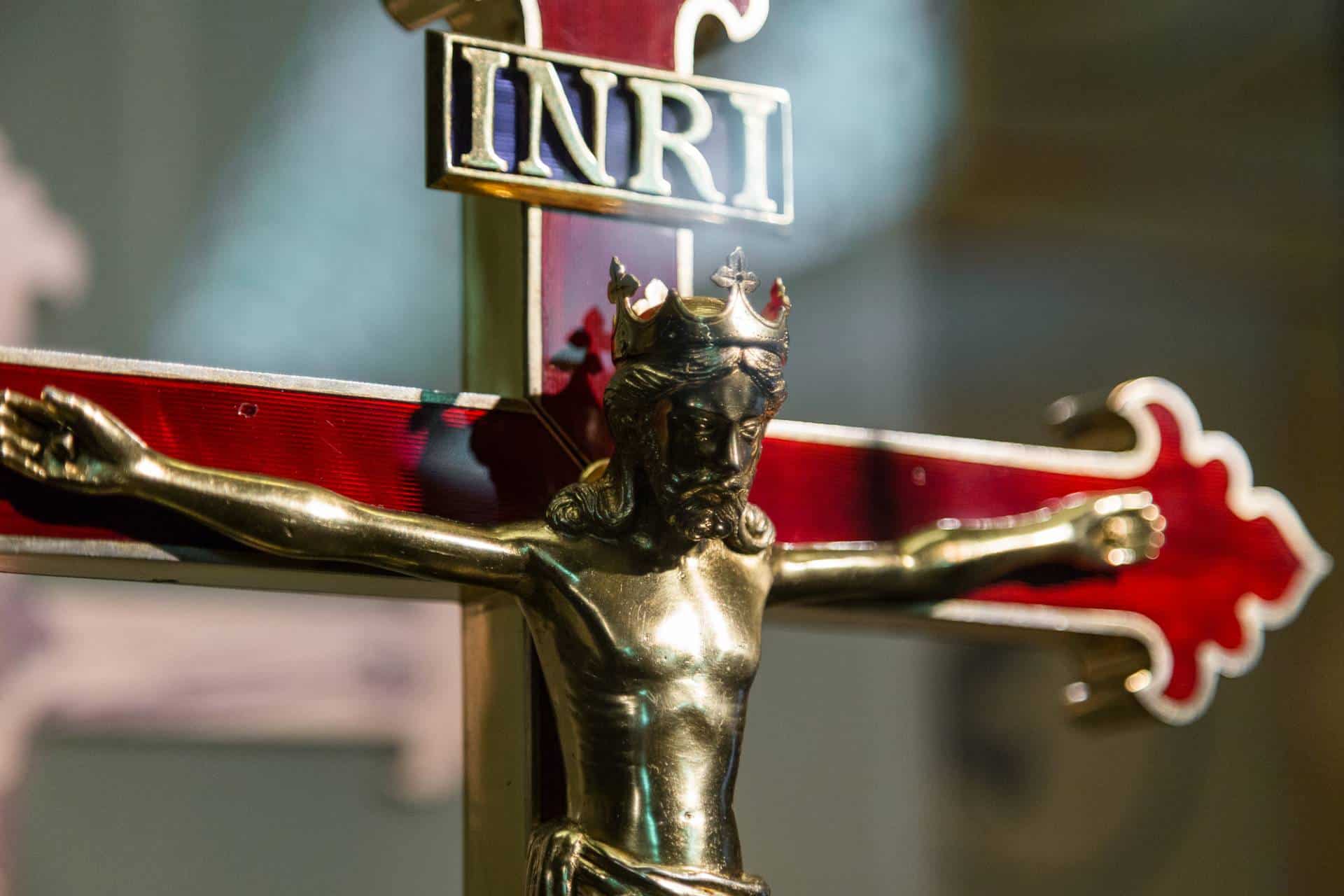
Europe, with its diverse religious history, is home to a wide array of religious symbols and crosses, each carrying its own significance. Here are some of the prominent religious symbols and crosses in Europe, along with their differences:
- Latin Cross: The Latin cross, also known as the Christian cross, is one of the most universally recognized symbols of Christianity. It consists of a vertical line intersected near the top by a shorter horizontal line. This symbolizes the crucifixion of Jesus Christ. Variations of the Latin cross can be found throughout Europe, and it is used by various Christian denominations.
- Orthodox Cross: Common in Eastern Orthodox Christianity, the Orthodox cross features an additional horizontal bar at the top, often slanted. This cross is a distinct representation of Orthodox Christian faith and is widely used in countries with Eastern Orthodox traditions, including Greece, Russia, and parts of Eastern Europe.
- Celtic Cross: The Celtic cross, also known as the Irish cross, is characterized by a circle surrounding the intersection of the vertical and horizontal lines of a Latin cross. It is associated with Celtic Christianity and is particularly prevalent in Ireland and Scotland. The circle is thought to represent eternity.
- Maltese Cross: Originating from the Knights Hospitaller, an order of chivalry, the Maltese cross has eight points and is often associated with Malta. It is a symbol of bravery and protection and is used by various organizations, including the Order of Malta.
- Eastern Cross: Common in Eastern Christianity, the Eastern cross features three horizontal bars. The top bar represents the inscription "INRI" (Jesus of Nazareth, King of the Jews) and the middle bar is the one on which Jesus' hands were nailed. The lower bar represents the footrest.
- Ankh: Originating in ancient Egypt, the ankh is a symbol of life and immortality. It resembles a cross with a loop at the top and is often associated with ancient Egyptian religious beliefs.
- Star of David: While not a cross, the Star of David is a significant religious symbol for Judaism. It is a six-pointed star made of two equilateral triangles, symbolizing the connection between God and humanity. It is widely recognized across Europe, particularly in Jewish communities.
- Islamic Crescent and Star: Although not a cross, the crescent and star are important symbols of Islam. The star often accompanies the crescent moon and is widely recognized in countries with significant Muslim populations.
These symbols and crosses, along with their variations, reflect the rich religious diversity and cultural history of Europe. They serve as visual representations of faith, heritage, and tradition for millions of people across the continent.










